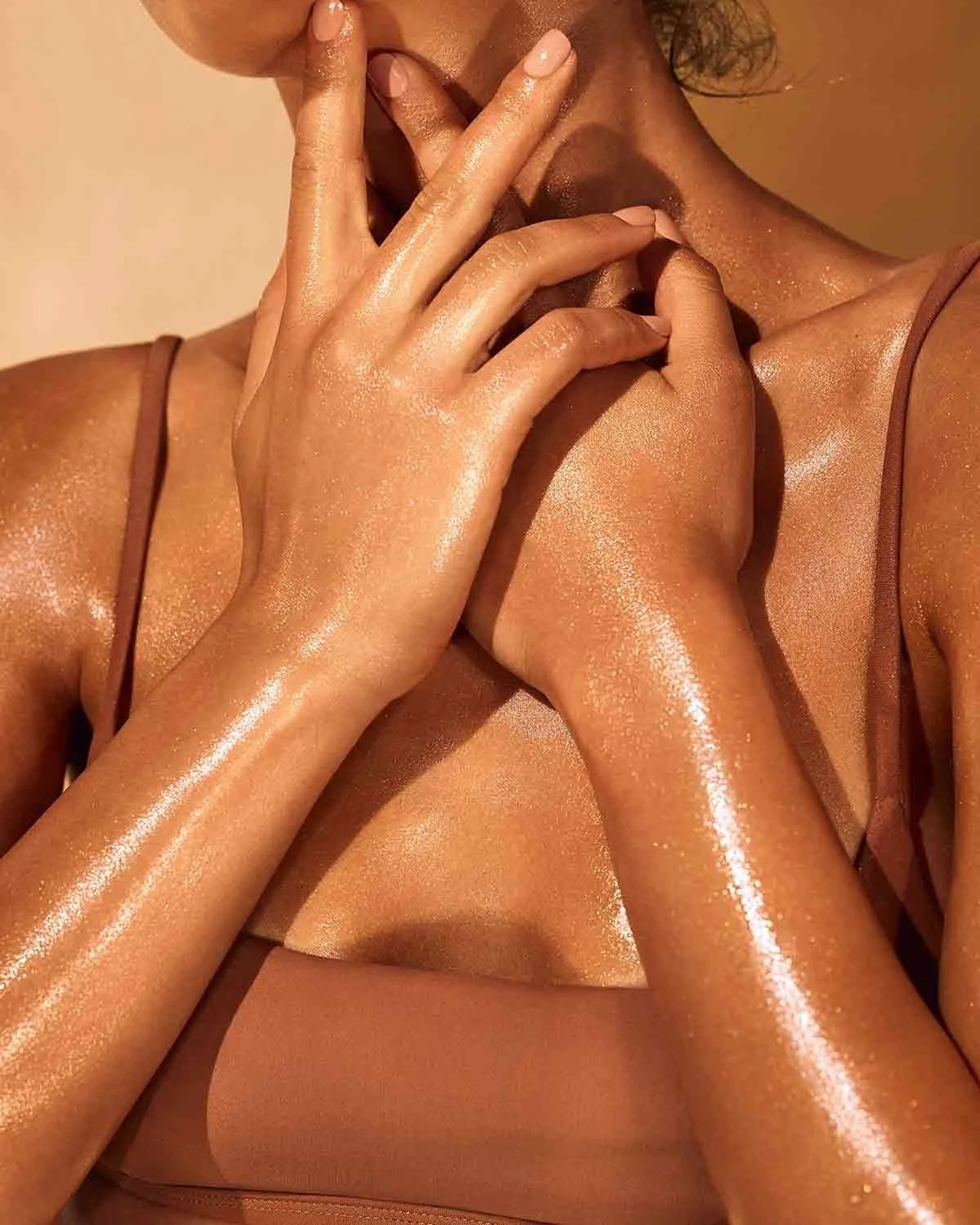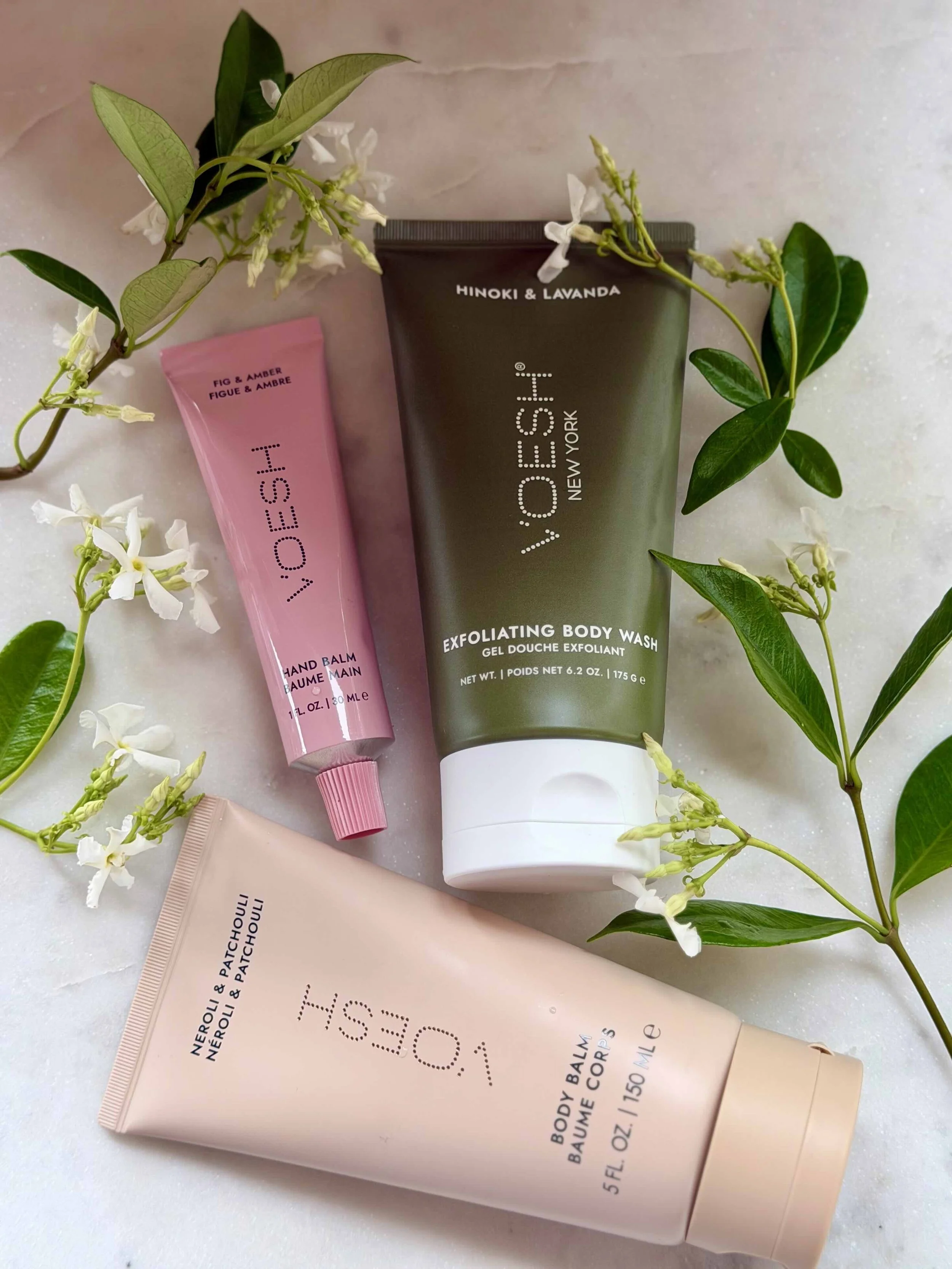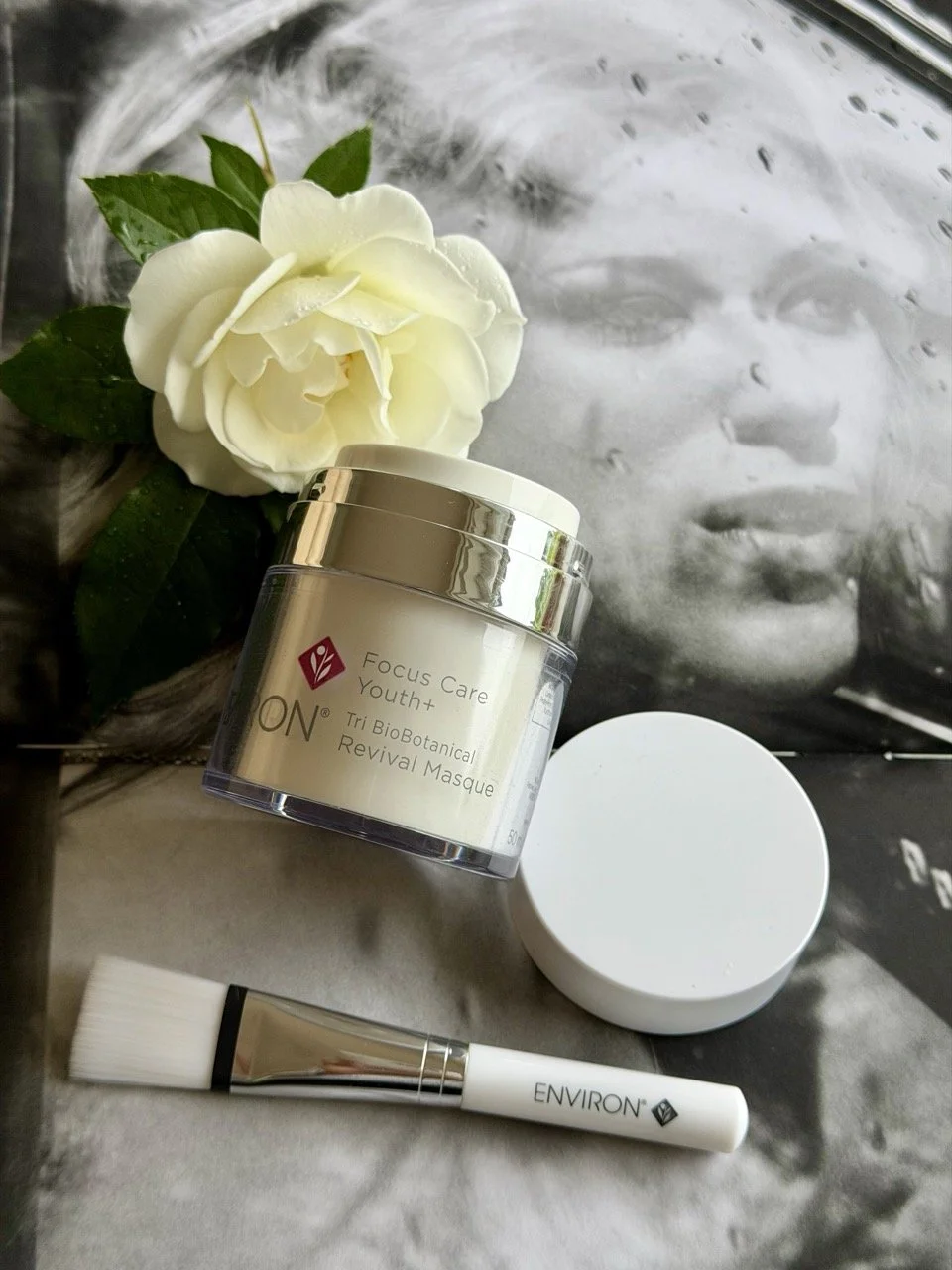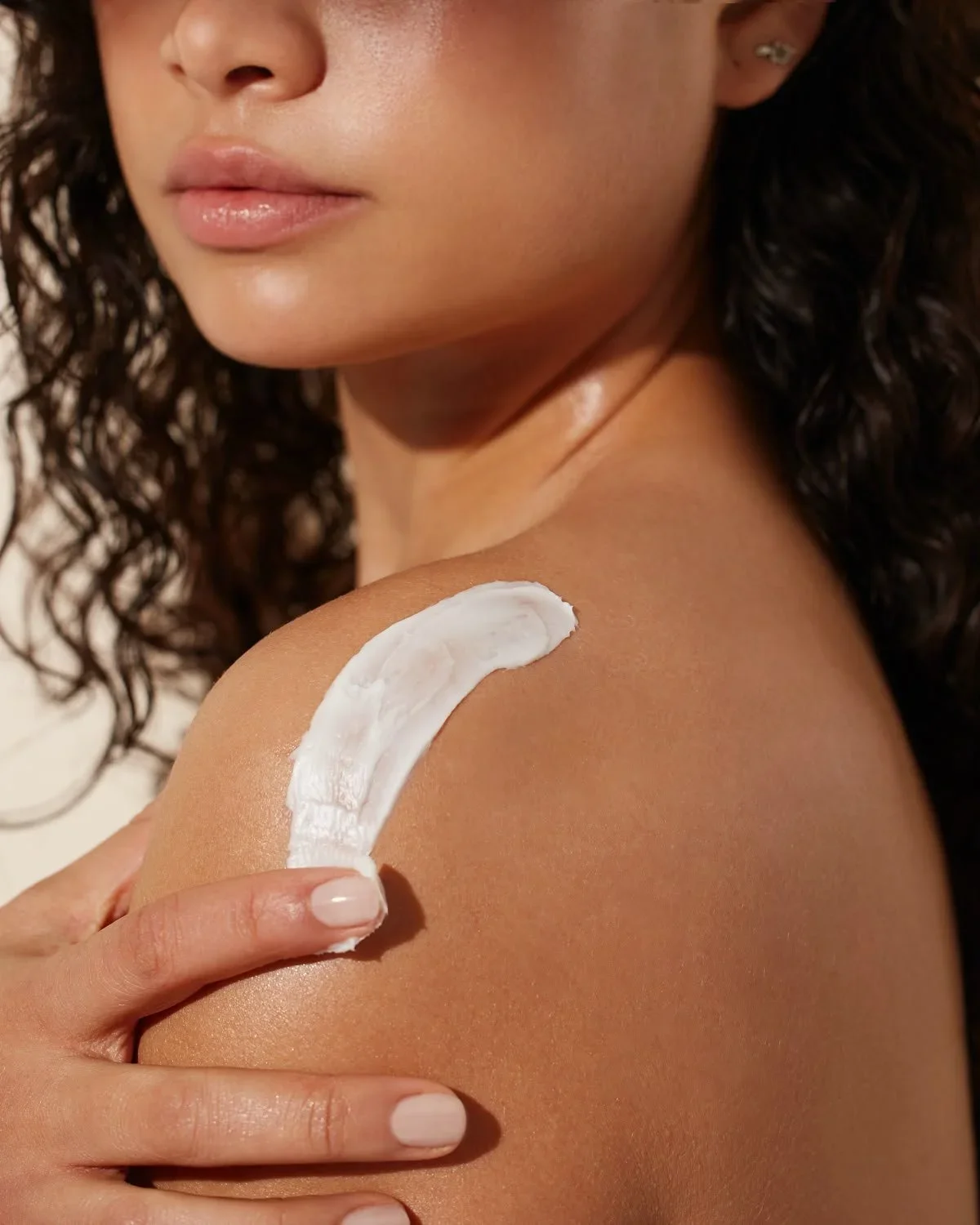Our skin is dynamic. It changes with the weather, age, hormones, and, most importantly, how we treat it. Editor Trudi Brewer shares a practice that can make or break your complexion.
Image BeautyEQ
A good skincare routine does include some essentials: cleansing, moisturising, and, most importantly, a daily dose of SPF. Then there is exfoliating. There are different schools of thought when it comes to scrubbing the skin. Australian Dr Ernst Eiselen, specialist GP and medical advisor for Environ skincare, is here to clear up any misinformation.
Exfoliation is nothing new. But we are constantly overwhelmed by innovations that promise to renew ageing skin - many focused on exactly that. Dr Ernst Eiselen believes it’s a practice that needs to be considered and gentle. “Today, dermatologists emphasise moderation in exfoliation. Over-exfoliation can lead to a compromised skin barrier, inflammation, and increased sensitivity. The consensus is that while exfoliation can have benefits, it should be done carefully and not too frequently. For most people, exfoliating once or twice a week is sufficient. Eiselen adds, “The approach has shifted towards gentler, more controlled methods, focusing on maintaining skin health rather than aggressively removing dead skin cells (from the skin’s surface). This has always been part of Environ’s view, and the rest of the world is slowly catching up.”
Dr Ernst Eiselen
Our skin consists of three main layers: epidermis (dubbed the horny layer), dermis, and hypodermis (subcutaneous layer). The epidermis, the outermost skin layers, are a protective barrier against water loss and UV radiation and play a role in immune surveillance and vitamin D synthesis. It’s also the home of the skin-critical microbiome (good bacteria live here to help the skin healthy). It naturally renews, replacing 800 times in a 70-year life span. So, to these points, skin is always in some form of flux, opening the opportunity to influence it positively.
So, what are the best exfoliating options?
“Chemical peels performed in salons or by a dermatologist are generally more controlled and effective than at-home exfoliation methods. These treatments use chemical exfoliants like hydroxy acids to dissolve the bonds between skin cells, allowing dead skin to be removed. It needs to peel, literally.” Perhaps the most common are the DIY options. “At-home physical scrubs, especially those containing harsh ingredients like walnut shells, have been scrutinised. They can be too abrasive for facial skin, potentially causing micro-tears and damaging the skin barrier, which causes damage. No one should ‘scrub’ their skin; it’s a definite no-no.” Another popular practice is dermal planning, which does more than exfoliate. Eiselen explains. “Dermal planning is a euphemism for scraping (that horny layer of the skin) to remove the fluffy vellus hair, also known as ‘peach fuzz’. The same principles apply (as for surface scrubs) as a method of mechanically removing the horny layer in the skin, which then becomes a concern for the skin and barrier function. Especially because you have to repeat the dermal planning regularly.” Eiselen suggests it’s best to leave it to in-clinic experts for safe exfoliation. “One of the best options is low-dose topical acid treatment. These aim to influence the behaviour of stem cells in the skin. Super-sensitive individuals may need extra care from other approaches that are not confined to specific skin types. This is a gentle procedure and purpose-driven for correcting skin damage caused by sunlight, ageing and pollution.”
What’s the best way to exfoliate the skin?
Eiselen says taking a step back and understanding how exfoliating has evolved is important. “The rise of chemical peels in professional settings began in the 1990s, with dermatologists adopting them for various skin concerns. At-home exfoliation products gained significant traction in the early 2000s, and many beauty brands introduced scrubs and chemical exfoliants for regular use. He warns: “These do cause real peeling and, therefore, destruction of that horny layer of the skin.”
WHAT ARE ENVIRON’S EXFOLIATING OPTIONS
Environ’s Cool Peel is an in-clinic treatment that influences the different stem cells in the skin to mount a protective reaction to a perceived threat brought about by the systematic lowering of pH around these cells. When stem cells respond to this threat, regenerative behaviour is seen. Of course, the skin must be well supplied with vitamins A, C, and E (applied topically) to achieve the best, lasting results. Once the skin is well settled and acclimatised to vitamins A, C, and E, the sister at-home exfoliating treatment to Cool Peel is Revival Masque, Environ’s approach to gentle exfoliating.
Environ Focus Care Youth Tri BioBotanical Revival Masque, $110.
Celebrating its 10th Anniversary with numerous beauty awards, this mask is dubbed ‘A Face Lift in a Jar,’ which comes down to the formula that exfoliates with a combination of three alpha hydroxy acids (AHAs). These include Asiatic, lactic, and mandelic acids at a low pH to help stimulate the skin's natural growth factors, boost skin cell turnover, hydrate, and encourage new collagen and elastin.
To use: It is ideal as part of an evening skincare routine. Apply a thin layer to freshly cleansed skin and gradually build up from leaving it on for 10 to 20 minutes. Rinse off in tepid water.
















Meet the duo behind a skin membership destination in our capital city.